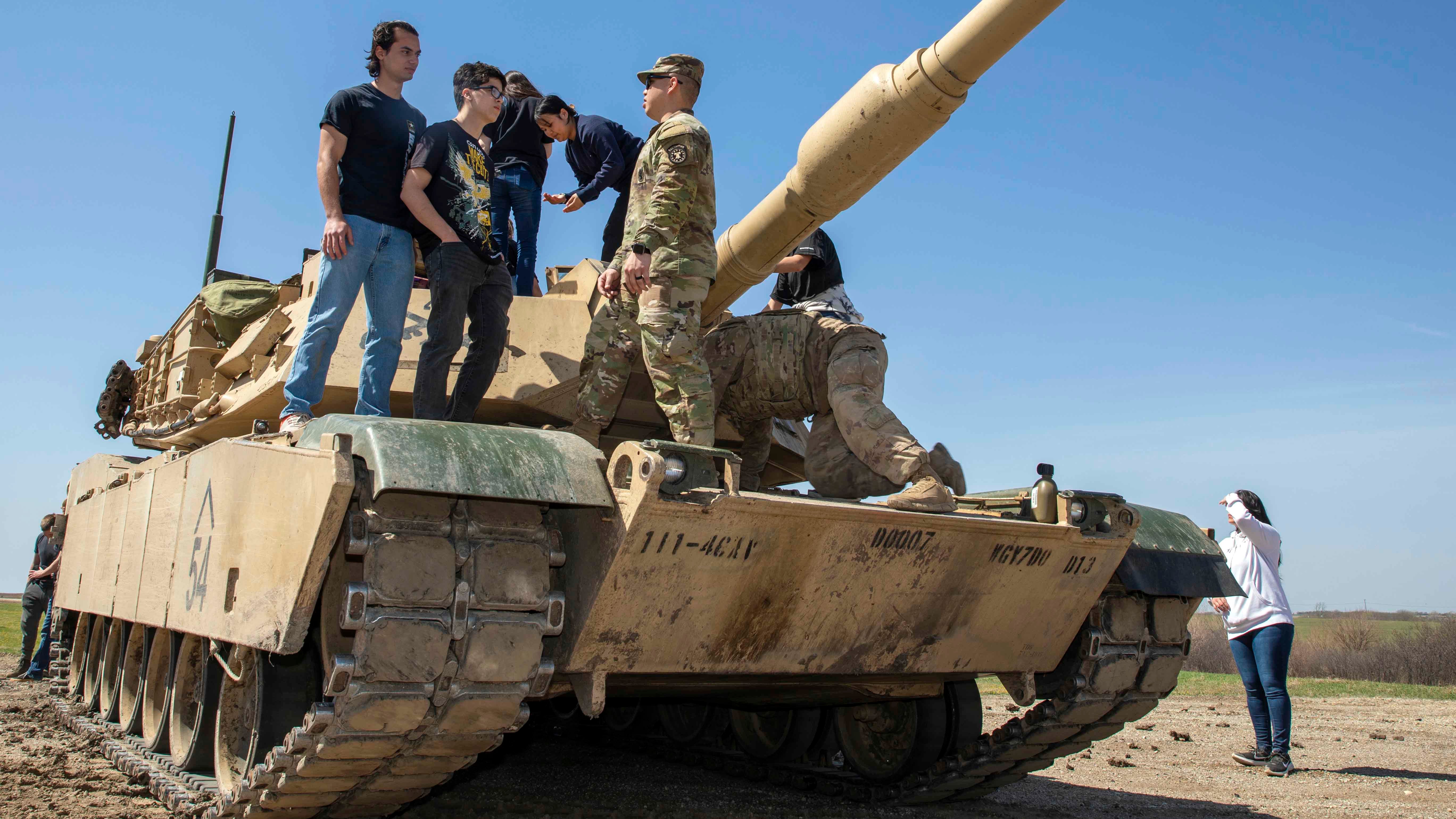Recruiting Commander Sees ‘Positive Momentum’
Recruiting Commander Sees ‘Positive Momentum’

Army Recruiting Command is “shooting for the stars” as it works to reintroduce service-eligible individuals to the Army, the two-star in charge said.
“We're about to shoot for the stars in terms of where we can take the force in terms of recruiting,” said Maj. Gen. Johnny Davis, commanding general of Recruiting Command. “As we face [recruiting] challenges, we are starting to see this positive momentum.”
Speaking May 2 during an Association of the U.S. Army Noon Report webinar, Davis said that he remains optimistic about Army recruiting efforts even though the service faces a challenging recruiting environment, stiff competition from civilian employers and a shrinking pool of eligible and interested potential recruits.
This year, the Army has set an ambitious goal to recruit 65,000 people by Sept. 30. With recruiters reentering schools for the first time in two years because of the COVID-19 pandemic, they are up against an awareness and knowledge gap, Davis said.
“One of the biggest [issues] that my recruiters shared with me is this general lack of awareness and knowledge,” he said. “I think getting the recruiters back into schools is a big deal.”
The Army also has introduced several benefits to encourage young people to join. So-called “quick ship” bonuses, given to qualified recruits who ship quickly to basic training, and offering recruits the duty station of their choice have been particularly well received, Davis said.
Davis also praised the Future Soldier Preparatory Course, which helps young people meet the Army’s physical or academic standards, calling it “transformative.”
“In just two weeks, you’ll start to see a change,” he said. Nearly 5,000 people have gone through the course, he said. “Quality over quantity always. … What we're seeing is they enter basic training, and because of their time [in the course], they really take on leadership roles [during basic training],” Davis said.
Internally, the Army continues to refine the way it recruits and selects soldiers to become recruiters. “We’ve changed a lot of different things in how we approach training,” Davis said.
One effort is to increase family involvement in the recruiter training process. “We want them to be allowed to be a part of the assignment process of where they go,” Davis said. “We want the families to be involved … [and] that has been totally transformational in terms of what we’re doing for investing in our families.”
The Army also is seeing success since it reintroduced its “Be All You Can Be” marketing campaign in March, Davis said. “It connects quickly with … not just the young generation, but with my generation and the generation that invested in me,” he said.
As the Army continues to work on recruiting, Davis urged veterans to share their stories with service-eligible individuals. “Please be the influencer and share the importance of service to this wonderful nation, service to this country,” he said. “It will be a life accelerator and change all for the better.”

